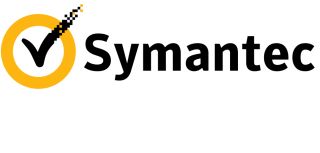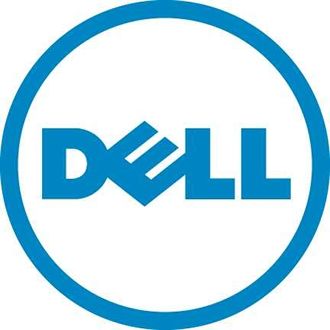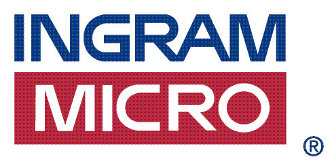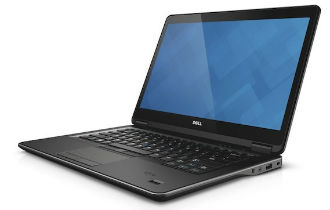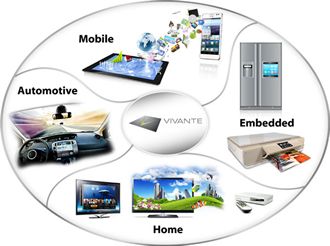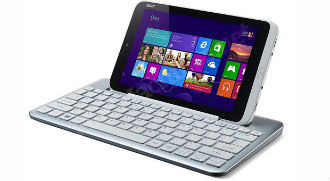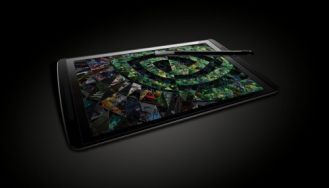 Nvidia has announced its very own Android tablet platform, the Tegra Note, readied by the company and brought to market by its partners.
Nvidia has announced its very own Android tablet platform, the Tegra Note, readied by the company and brought to market by its partners.
Nvidia boasts that, rather than just providing a low cost and high quality build for Tegra 3, as with the Nexus 7, this is a “complete platform”. Partners include EVGA and PNY Technologies, Oysters, ZOTAC, Colorful, Shenzhen Homecare Technology, and XOLO, which will be joining HP, Asus, Toshiba, Kobo and Xiomi in Tegra 4 products.
So far Nvidia is a little late on the tablet front. The company does have products out there but not as many as it likes.
Tegra Note, however, will sport a Tegra 4 72 core GeForce GPU and quadcore Cortex A15 CPU, with the promise of battery saving tech. The company boasts this will make the Tegra Note the “world’s fastest 7 inch tablet”. It will also ship with Nvidia’s DirectStylus tech which should give users more precise and responsive control with a normal stylus.
Nvidia PureAudio will ship, too, which the company says includes the “widest frequency range in a tablet” through front facing stereo speakers and a bass reflex port.
This product sounds like a solid release compared to the gaming curio, Nvidia Shield, an experiment in remote PC gaming – as long as you’re not too far away. Tegra Note will ship with TegraZone for exclusive Tegra optimised graphics, and the company claims you’ll get a massive 10 hours of HD video playback.
Additionally, a range of accessories will be available, including an intelligent cover with built in magnets, the DirectStylus Pro Pack, and Bluetooth capabilities that turn the tablet into a controller. Over the air software updates will be sent out by Nvidia directly to keep software patched and up to date.
Retail prices will start at $199, taking on other low-cost but high performance tablets in the market.


